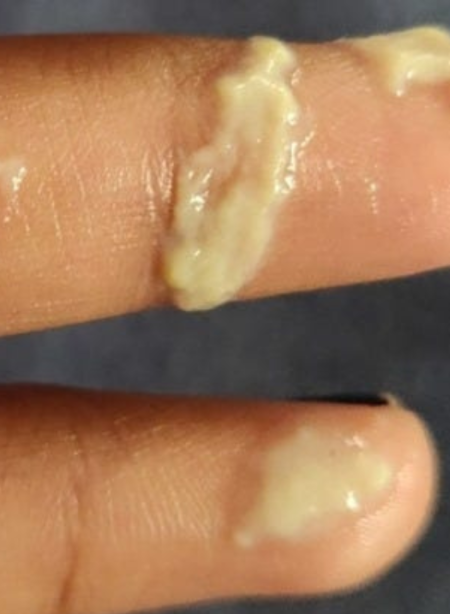Any discomfort or pain felt in the lower abdomen, between the hips, and below the belly button is referred to as pelvic pain. Menstrual cramps, UTIs, pelvic inflammatory disease, endometriosis, and muscle problems are just a few of the possible reasons.
Pelvic pain can be sporadic or continuous, and it can range in severity from moderate to severe. Effective management of pelvic pain requires a precise diagnosis and treatment plan, which frequently entails a mix of medication, lifestyle modifications, and therapy therapies according to the underlying cause.
Eight Natural Pelvic Pain Relief Strategies:
- Hot Compress: To assist relax muscles and reduce pain, place a warm compress or heating pad over the pelvic region.
- Exercises for the Pelvic Floor: Kegel exercises, which strengthen the pelvic muscles, can lessen pain and increase muscular strength.
- Yoga and stretching: These gentle forms of yoga and stretching activities help ease pelvic tension and increase flexibility.
- Dietary Changes: Incorporating anti-inflammatory foods like fruits, vegetables, and omega-3 fatty acids can help reduce pelvic pain associated with inflammation.
- Hydration: Maintaining adequate hydration is beneficial to general health, as it can enhance blood circulation and lessen pelvic pain.
- Acupuncture: By focusing on certain spots linked to pelvic discomfort, acupuncture and other traditional Chinese medical techniques may offer relief.
- Herbal Remedies: When taken as teas or supplements, several herbs, such as chamomile, ginger, and turmeric, have anti-inflammatory qualities that can help relieve pelvic discomfort.
- Mind-Body Techniques: Activities that help manage stress and promote relaxation, such as guided imagery, deep breathing exercises, and mindfulness meditation, may lessen the symptoms of pelvic discomfort.







